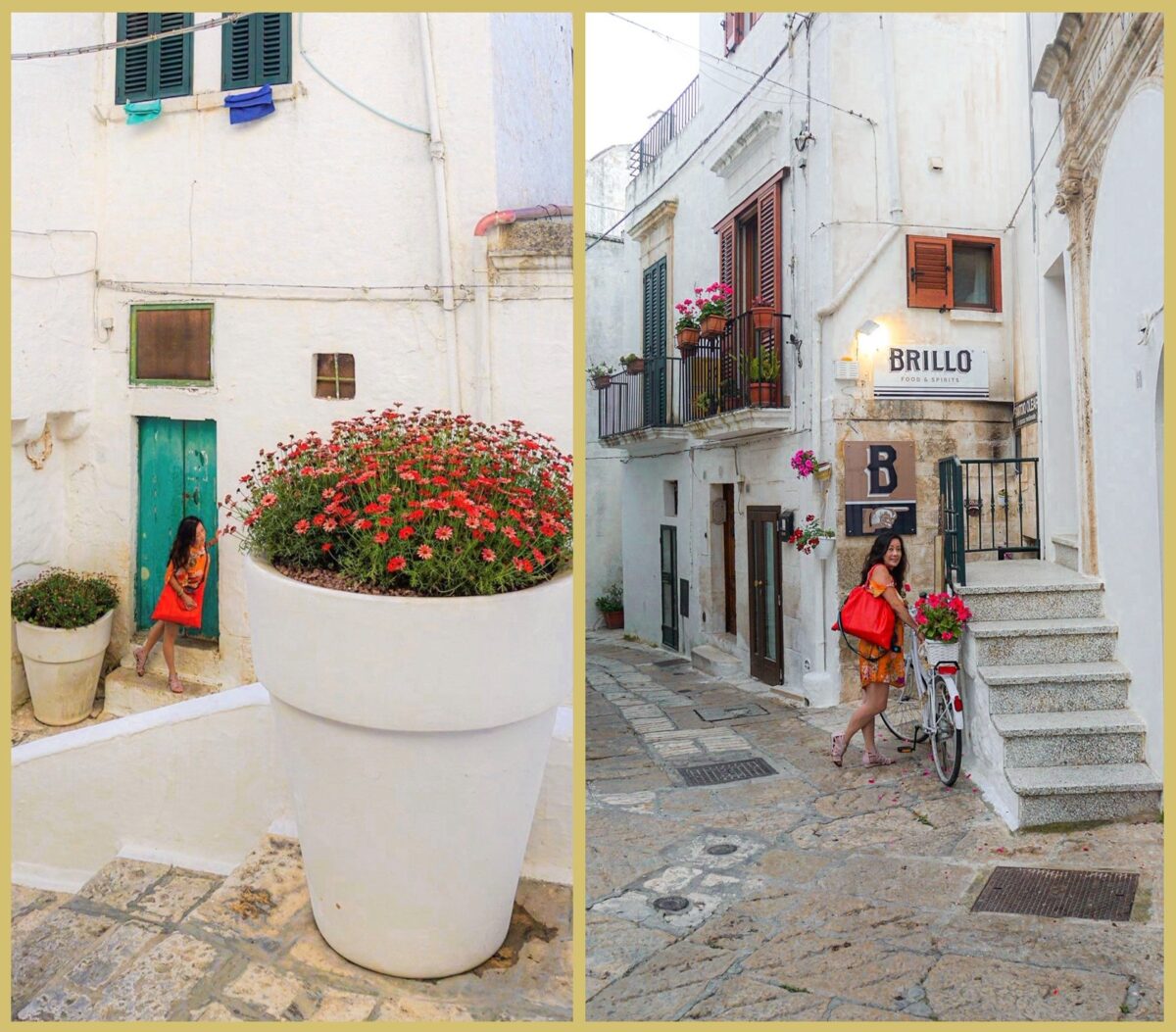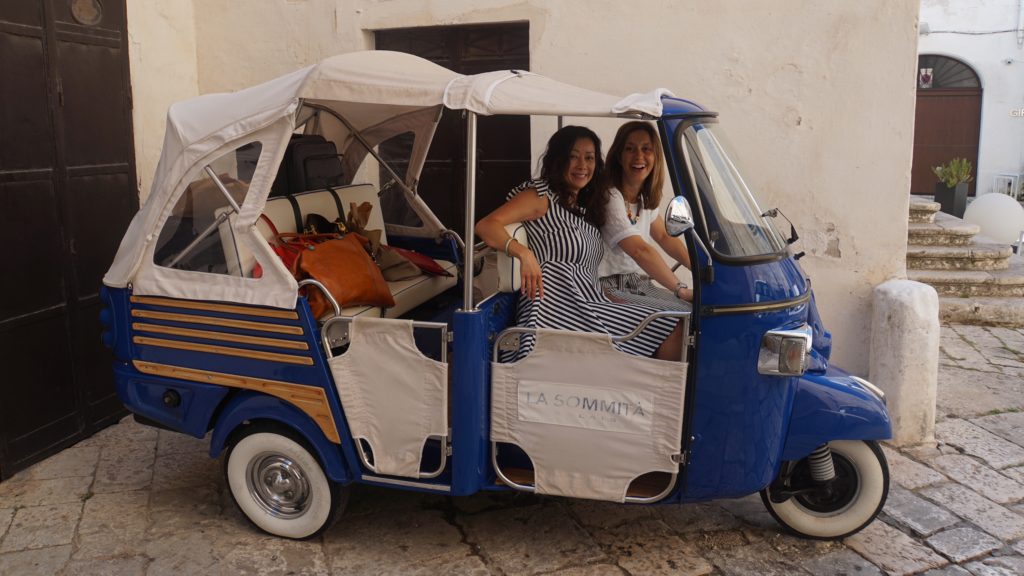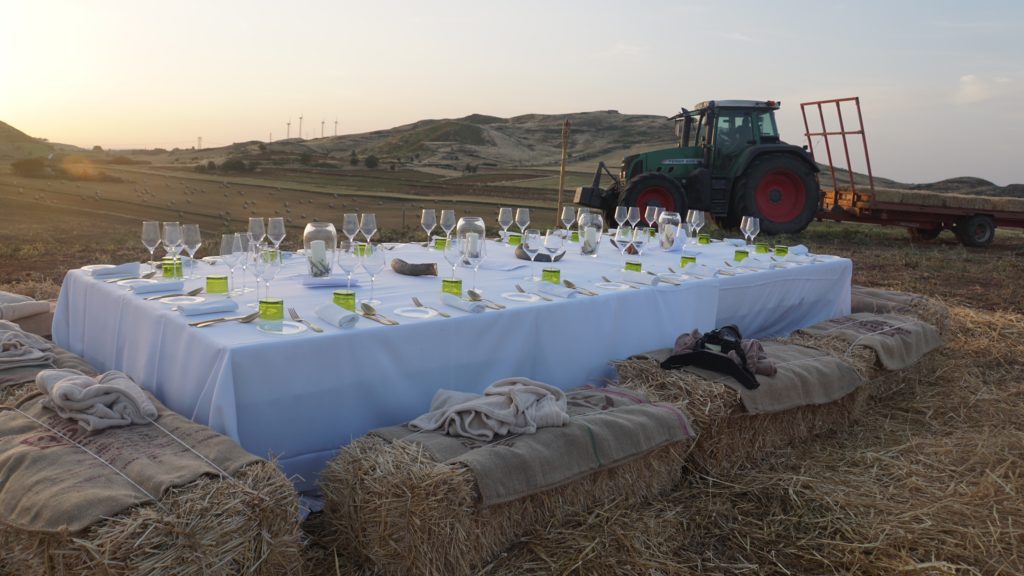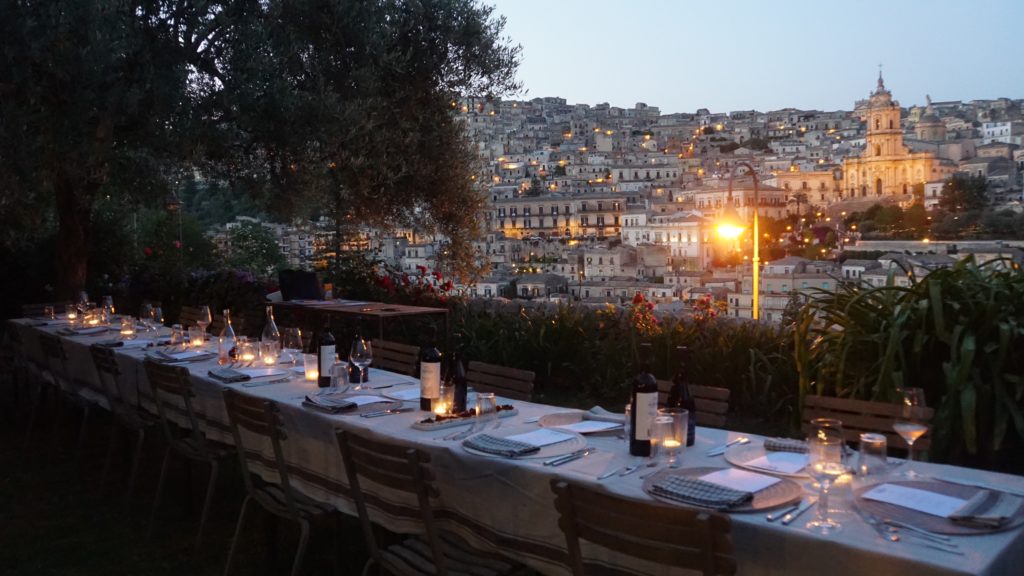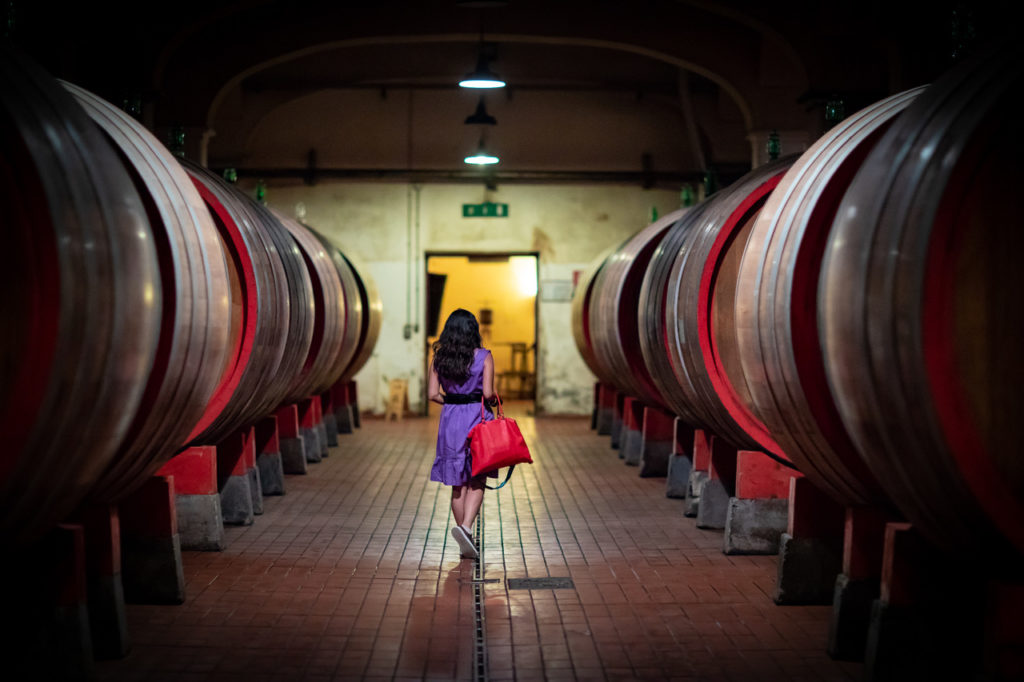
Taste Wine! Travel inspiration, tips and recommendations to include wine tasting on your next trip.
If you love wine as much as you love Italy, then you’ll love to hear my itinerary was a Zonin Family Estates wine trail, which leads to the obvious question “which vineyards do I recommend”? That’s a tough one, but here you go:
I could say that there is no better way to begin a trip to Italy than with a visit to @roccadimontemassi Estate for a vineyard tour. But that would be incorrect. A visit to Rocca di Montemassi Estate is one of many perfect ways to start the day. You also could also spend a perfect day in Chianti Classico at Castello di Albola winery. After all, Castello translates as “castle,” plus one of the wine cellars here is more than 400 years old. The varietals created include chardonnay, sangiovese, and Trebbiano Toscano.
By the way, at Castillo di Albola, I found a new wine for my “favorites collection.” Her name is Acciaiolo, and I am in love. At Masseria Altemura I found my favorite summer rose, absolutely perfect for the season.
Lastly, don’t miss Feudo Principi di Butera! This is where we had our #epicurean1821 dinner and enjoyed a vertical wine tasting. Plus, we made our own wine. What a memorable day!
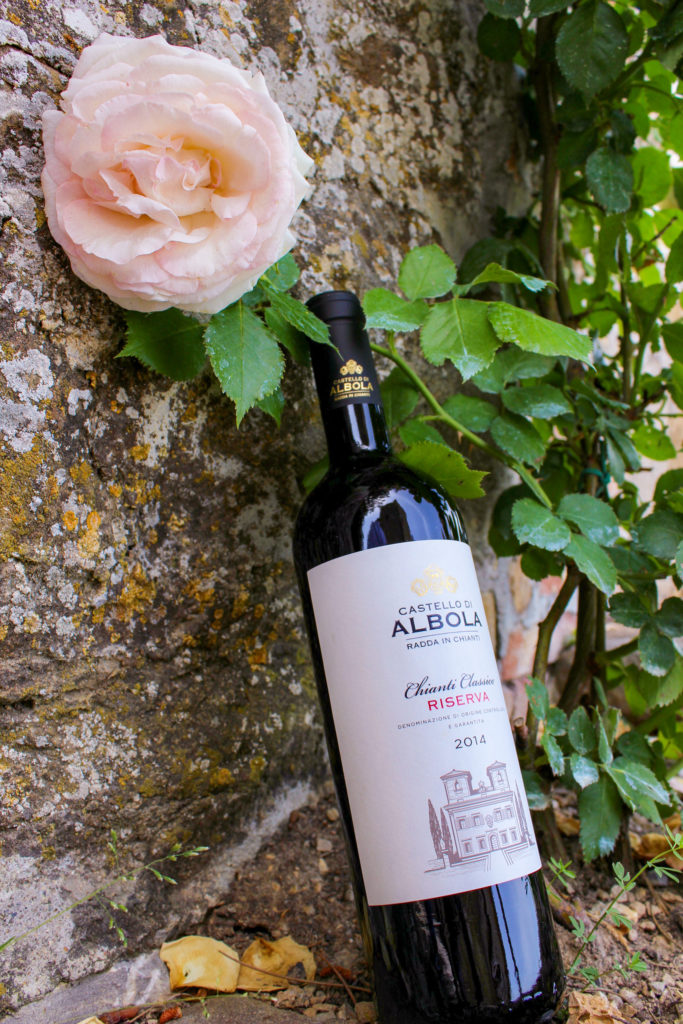
After touring four Zonin vineyards, I flew to Sicily for a 3-Day Gastronomy Experience with a stunning welcome dinner. I dined with some known sommeliers, food journalists, and restaurateurs. The plan was to partake in antipasto to dolce, all perfectly pairings with wines in sun-soaked Sicily.
From wine tastings to pasta making to mingling with the locals, it was such a gift to be included on the incredible #Epicurean1821 tour.
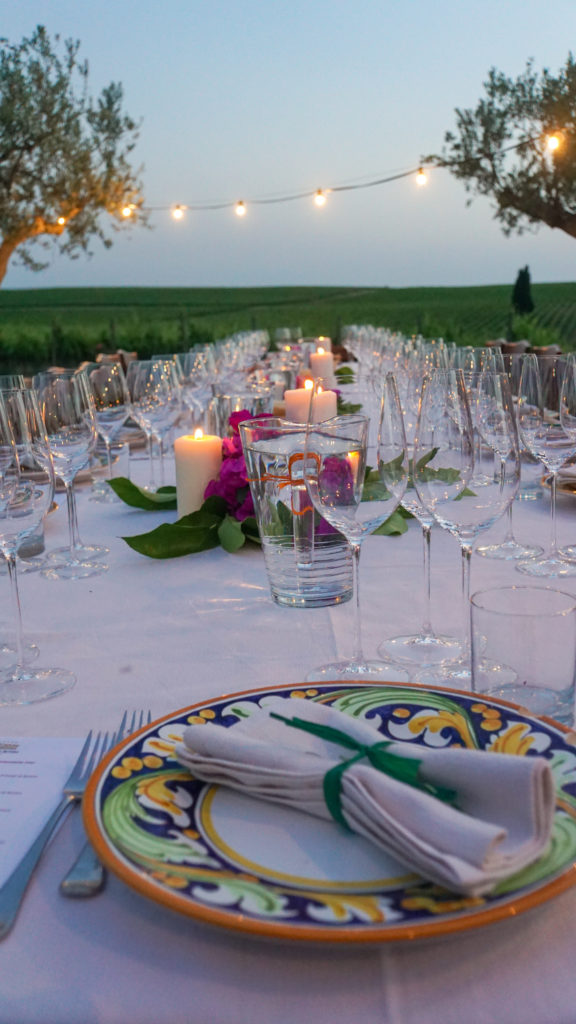
I want to share some of the wine knowledge I gained while studying with the Zonin Family Estates. Check out the following.
Table of Contents
Italy = Wine
Italy has the most varieties of wine thanks to its perfect soil and climate for growing grapevines. Do you know what ancient Greek word for “land of vines” refers to the entire southern region on Italy? Answer: It is Oenotria (like oenophile, which means a connoisseur of wines).
The Face of Wine Tasting
Think of the three steps of wine tasting as a face. First step: the eyes. Notice the color and transparency of the wine. Second step: the nose. Smell the wine once, and then swirl the glass to open the wine and let it breathe to reveal its complexities on the second sniff. Third step: the mouth. Taste the wine and be sure to keep in your mouth for a few seconds to enjoy and detect all the complexities and tannins.
It’s All in the Hand
The proper way to hold the wine glass is by the stem. This prevents the hand warming the wine in the bowl.
Quality Control
Not only does Italian wine have the highest standards of excellence, so do the bottles. If there is a scratch or blemish on the glass, it is not used as “the bottle cannot be trusted,” according to one winery employee.
Let the Sun Shine In
The more sun the grapes get, the better the wine. To allow as much sun as possible to shine on the grapes, the vine leaves are hand pruned.
White versus Red Fermentation
The basic difference between red and white wines is in the making. Typically, for white wines only the juice from the pressed grapes is fermented, while for red wines the juice along with the grape are fermented.
T is for Tannin
Tannin, a naturally occurring chemical compound, is what gives wine its dry taste. Zonin wines are put into oak barrels and the result of the exchange of oxygen between the wood and wine is an improved aroma of the wine.
White Wine Island
Though Tuscany is famous for its red wines, it also boasts a “white wine island.” That island is better known as San Gimignano, a walled hill town in Sienna.
Wine for Dessert
Vin santo is dessert wine. Though typically sweet, vin santo also can be dry. Literally translated, vin santo means Saint Wine. This holy liquid is believed to have originated in Tuscany in the 14th Century.
Wine bottle sizes
Does size matter? Maybe not so much when it comes to bottles and the taste and enjoyment of Italian wine. Here are some basic guidelines to the sizes: The standard bottle is 750 ml. The magnum is twice the size of the standard measuring in at 1.5 liters. The double magnum is, you guessed it, 3.0 liters, which is equal to two magnums or for four standard bottles. That’s the end of today’s math lesson. Cheers!
Opening sparkling wine with a sword
For proper enjoyment, sparkling wine must be thoroughly chilled, and, apparently, be uncorked by sword. If you must try this at home, watch your thumb. I love old world customs such as this, don’t you?
Thank you @zonin1821 for an unforgettable tour of Italy. I learned so much about wine, varieties of regional foods, and such extremely friendly people. My appreciation for wine has really grown. I look forward to my return visit. Ciao.
